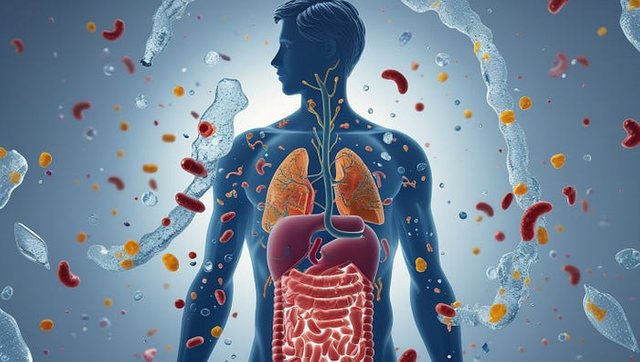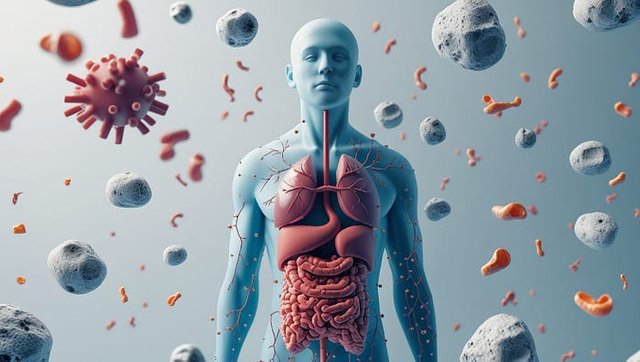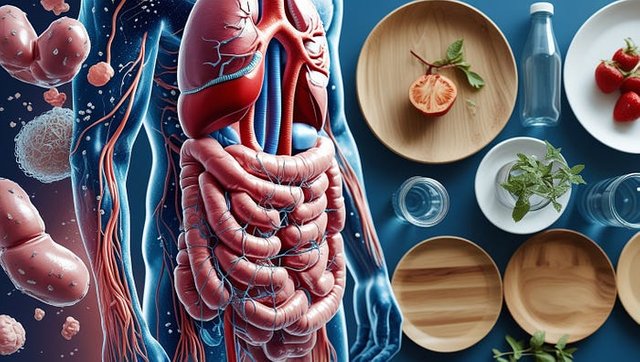The Hidden Danger of Microplastics: How They Enter Our Bodies and Harm Our Health
Plastic is ubiquitous in today’s world, ranging from water bottles and food packaging to household items and apparel. While plastic has made modern living more easy, it also poses a hidden risk: microplastics. These are tiny plastic particles (typically less than 5mm) that break off from bigger plastic objects and end up in our environment, food, and water.

Every day, we inadvertently consume microplastics from plastic-wrapped food, water stored in plastic bottles, and even plastic-coated plates and utensils. What most people don’t realize is that these minute particles enter our systems, traveling via the bloodstream and settling in important organs like the liver, kidneys, and even the brain.
Scientific investigations have revealed concerning discoveries regarding the consequences of microplastics on human health. These microscopic plastic particles include hazardous chemicals like bisphenol A (BPA), phthalates, and heavy metals, which can alter hormone synthesis and balance. This disruption can result in major health problems such as infertility, developmental abnormalities, metabolic illnesses, and cancer.

Furthermore, microplastics have been shown to harm cells and cause inflammation, which has been connected to a variety of chronic ailments such as heart disease, immune system abnormalities, and neurological diseases. The fact that these particles can pass biological barriers, such as the blood-brain barrier, raises concerns about their possible impact on cognitive function and neurological health.
One of the most difficult aspects of dealing with microplastics is that they do not dissolve quickly. Instead, it gradually accumulates in both the environment and our bodies. Unlike organic molecules, which degrade gradually, plastic particles remain, causing a slow but steady buildup inside us. This means that every sip of water from a plastic bottle, every meal wrapped in plastic, and every bite taken with plastic utensils adds to the amount of microplastics in our bodies, exacerbating the situation.

What steps can we take to safeguard our health and lessen our exposure to microplastics? Reducing the amount of plastic used in daily life is the best strategy. Instead of using plastic bottles, choose ones made of glass or stainless steel. Select foods wrapped in sustainable materials or that are fresh and unpackaged instead of ones that are covered in plastic. Instead of using plastic plates and cutlery, choose ones made of ceramic, stainless steel, or wood. The overall amount of microplastics in our environment can also be decreased by endorsing companies and laws that encourage eco-friendly and biodegradable substitutes.
The pervasiveness of microplastics is a severe and expanding issue. It is crucial to take proactive measures to reduce exposure while scientists strive to determine the full extent of their impact on human health. Small but meaningful adjustments to daily routines can help lower microplastic intake, protect our health, and create a cleaner, healthier world for coming generations.